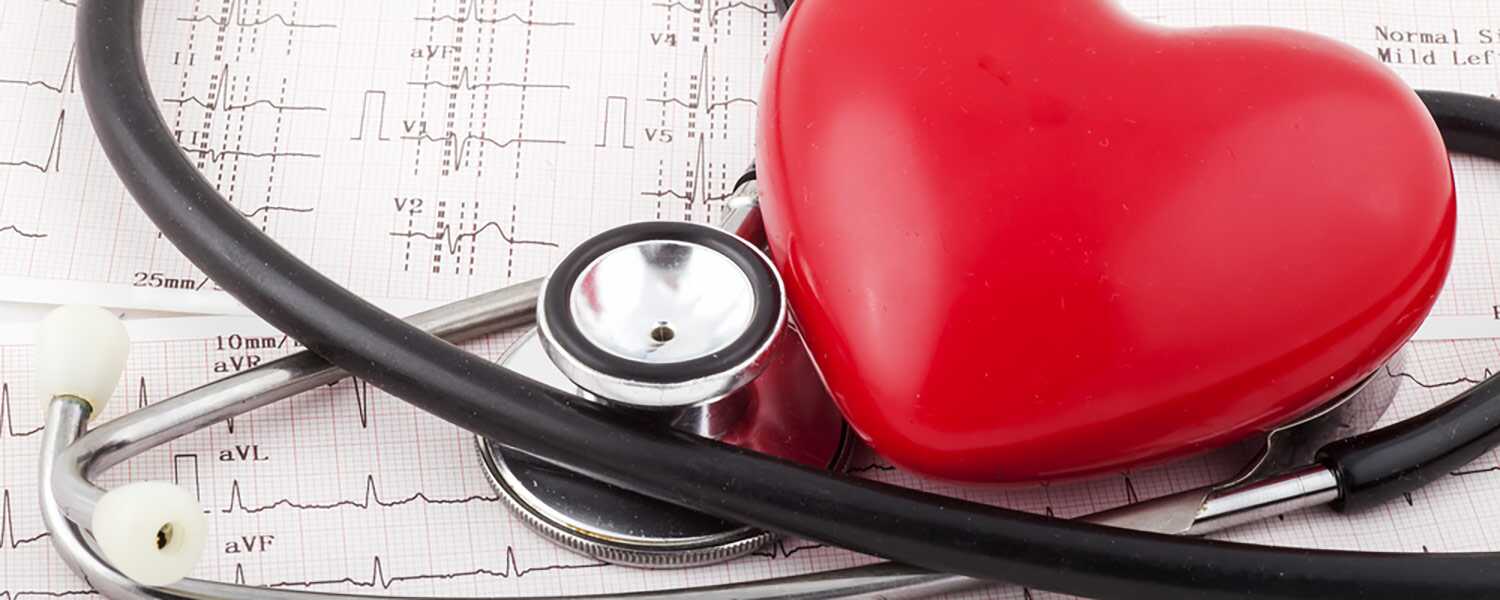Cholesterol is known as pipe-cloggers, and is a risk factor for cardiovascular disease. Why then, does our body make this?
Humans, as mammals, make this whitish-yellow waxy substance as it is important for a variety of functions in our body. For example, it is involved in maintaining cell membranes, synthesising bile acids for digestion and regulating vitamin D levels. It is so important, that our liver makes about 80 per cent of the cholesterol we need, whilst only 20 per cent comes from the food we eat. However, some individuals can be affected by family history, causing higher than normal cholesterol levels being produced.
Similar to the connection one generally makes between sugar and diabetes, it would be common to think cholesterol in foods must therefore be the culprit in clogging our pipes. This caused confusion for quite some time. A common highly nutritious food product, no doubt contains cholesterol, didn’t get its well-deserved fame in a positive limelight for a long time. Instead, it was tucked away in the corner as the naughty egg. There’s the saying, “if you have an egg, you have a meal”, and that’s exactly right. This cheap and cheerful food bundle is jam-packed full of fat-soluble vitamins A, D, E, and K, choline, and minerals calcium, folate, selenium and zinc. A large egg contains a hearty 6 grams of protein and 5 grams of healthy fats. It can also steal some attention from carrots for its eagle-eye vision properties! Eggs not only contain vitamin A, but also the powerful antioxidants lutein and zeaxantin that are important for the retina of the eye. This food product deserves celebrity status! The NZ Heart Foundation now recommends those at risk of cardiovascular disease can eat up to six eggs per week as part of a heart-healthy diet. This is double the previous recommendation back in 1999 of up to 3 eggs per week. Keep in mind, moderation and context is key!
Any dietary intervention must start with a good foundation. A diet rich in vegetables, some fruit, whole-grains, nuts, seeds, legumes and heart-healthy oils sets you off on the right stepping stone. Oils such as quality olive oil and avocado oil provides great benefits to heart health. Fibre, particularly soluble fibres such as those found in oats (beta glucan), chia seeds and psyllium husk are great for trapping cholesterol in the gut and preventing it from being reabsorbed during its metabolic recycling process. The less absorbed, the lower the body’s cholesterol pool. Plant sterols (found in our whole foods and fortified food products) are also great at reducing the cholesterol pool.
Cholesterol is measured from a fasting blood test to determine an individual blood profile. The profile compares your levels with the recommendations.
As per the National Heart Foundation Guidelines, ideal cholesterol levels are:
- Total cholesterol: Less than 4 mmol/L
- LDL cholesterol: Less than 2.0 mmol/L
- HDL cholesterol: Greater than 1 mmol/L
- TC/HDL ratio: Less than 4.0
- Triglycerides: Less than 1.7 mmol/L
The terms are commonly used. However, they are actually carriers of cholesterol in the bloodstream that gets measured as part of your lipid profile. The best way to remember the two is ‘H’ for ‘high’ and ‘happy’ in your HDL. The HDL is known as the ‘good’ cholesterol, and you want your levels to be high to have enough moppers to keep your arteries clean. ‘L’ is for ‘low’ and is the LDL that you ‘loathe’. You want the LDL known as the ‘bad’ cholesterol to be low to avoid clogging your arteries. There is the ‘good’, the ‘bad’, and there is also the ‘ugly’. These are ‘triglycerides’ which are a combination of fats and sugars and can also increase your risk of heart disease and stroke.
Heart Foundation NZ has a wonderful animation on cholesterol:
